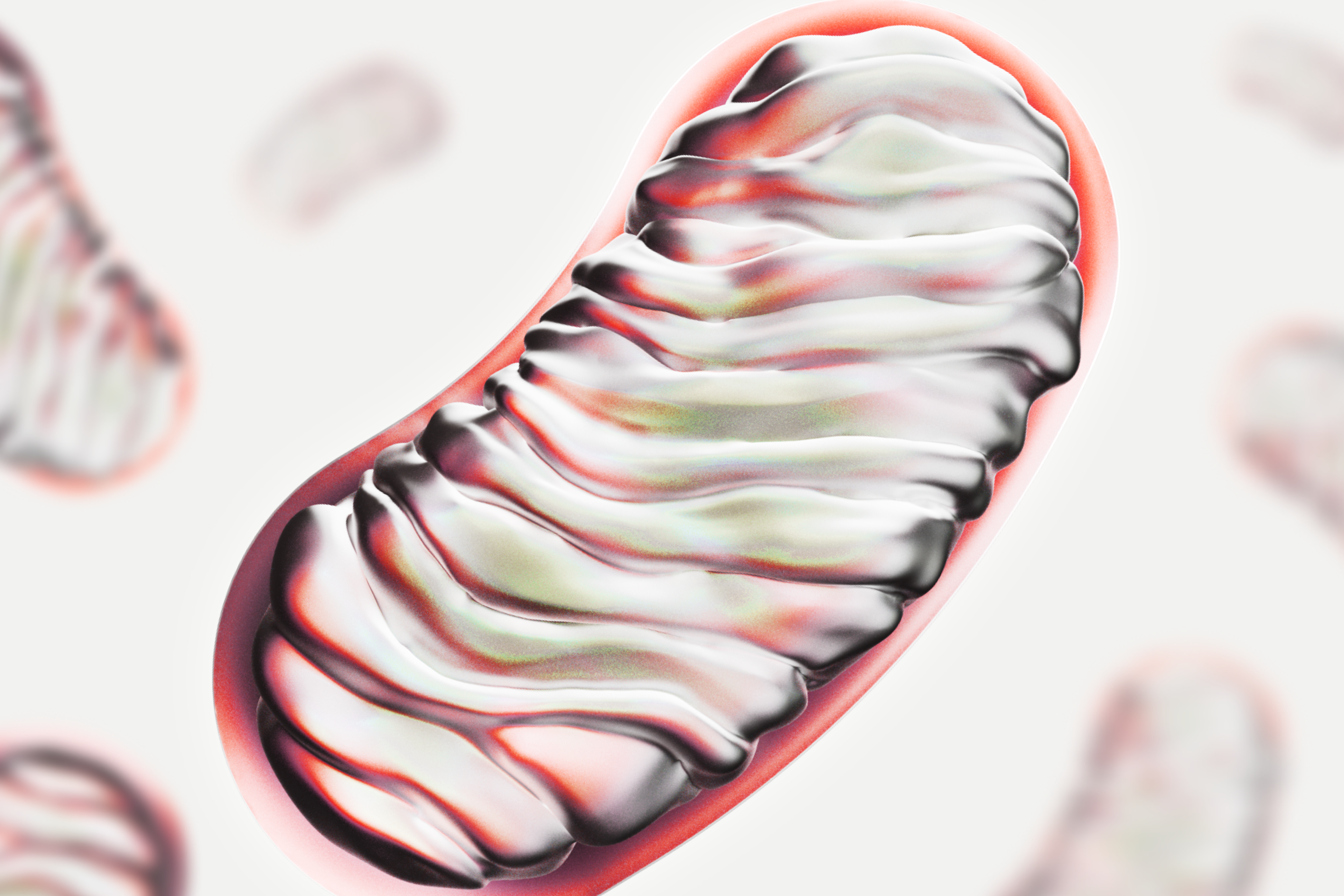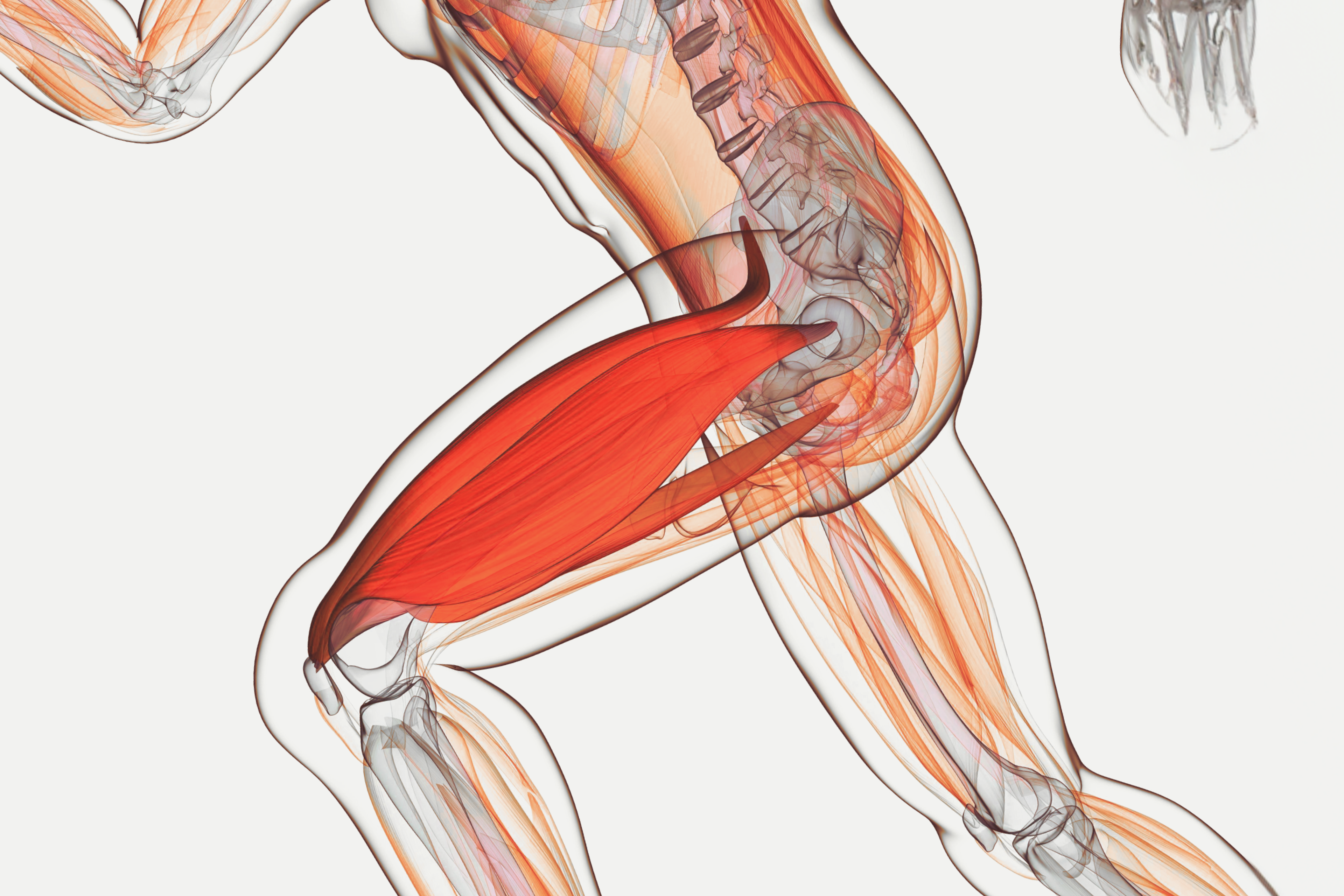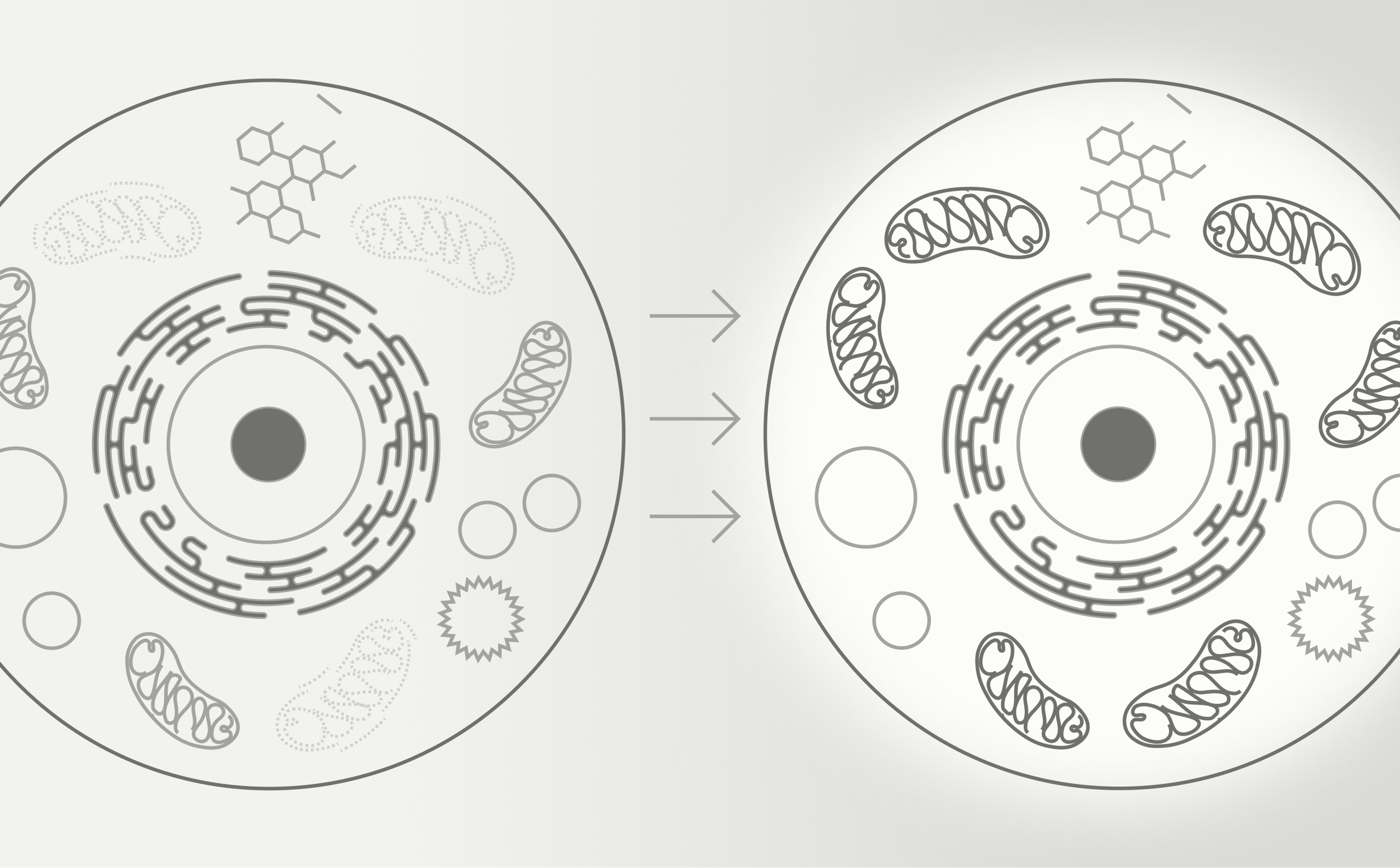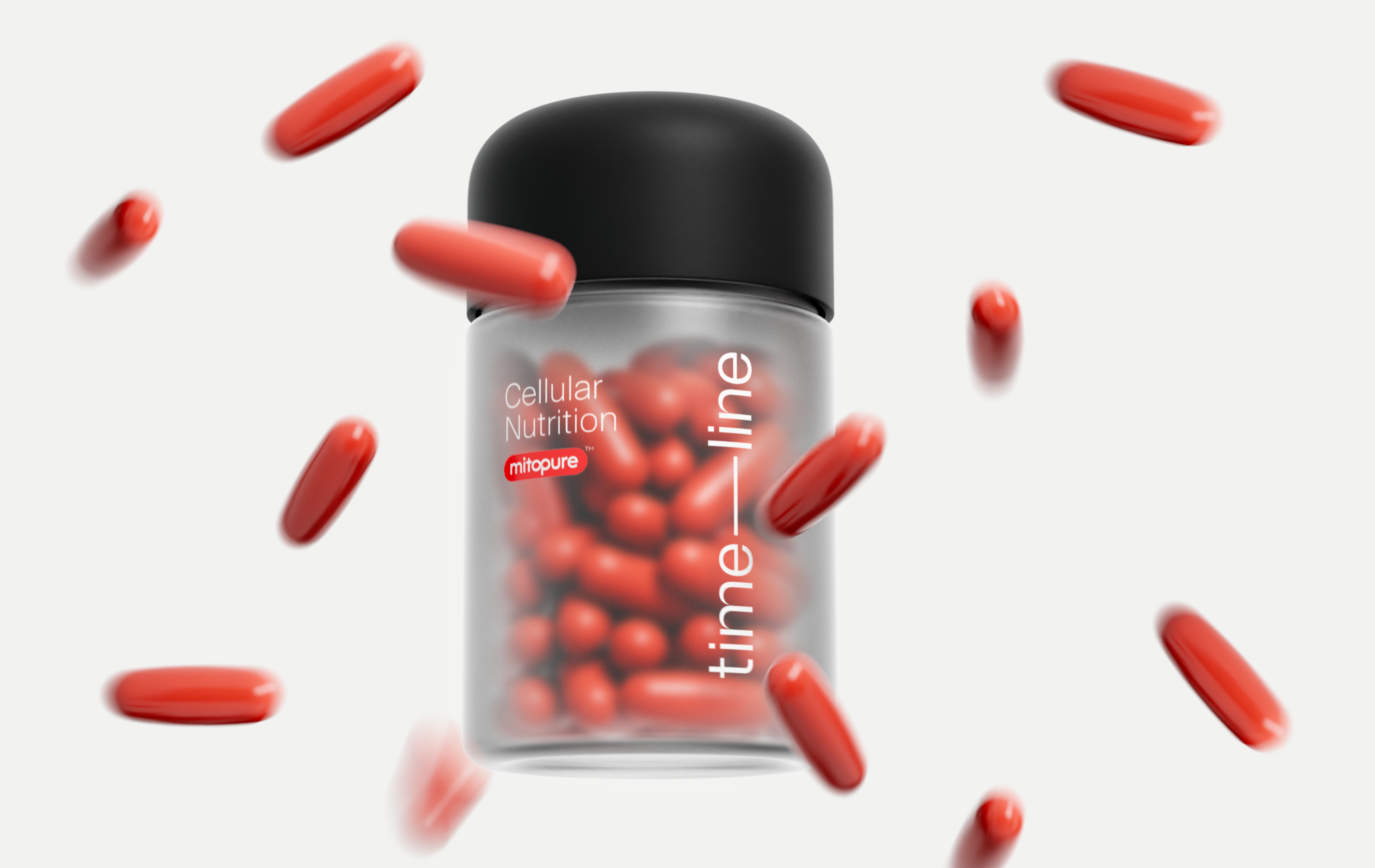Unlocking Cellular Vitality: The Role of Mitochondria in Cellular Health
Dive into the vital role of mitochondria and bioenergetics in cellular health, and learn how to boost their function for enhanced overall wellness.

April 25, 2024
7 min read
In the intricate dance of life within our bodies, cellular health lies at the heart of our overall well-being, including our ability to heal and thrive. At the core of cellular health are mitochondria, often referred to as the powerhouses of the cell. These tiny organelles play a pivotal role in bioenergetics and metabolism, orchestrating the complex processes that sustain life.
Mitochondria: The Powerhouses of the Cell
Mitochondria are dynamic structures found within the cytoplasm of eukaryotic cells, the fundamental building blocks of our bodies, from the tips of our toes to the neurons firing in our brains. These unique organelles are essential for cellular function, primarily known for their role in cellular energy generation in the form of ATP (adenosine triphosphate) and water - the key molecules responsible for fueling all cellular processes.
More than 90% of our cellular energy is produced by mitochondria, and cellular hydration is at the heart of optimal mitochondrial function. In the electron transport chain within mitochondria, a process takes place where electrons are passed along a series of protein complexes, ultimately combining with oxygen to form water. This final step in the process, where oxygen accepts electrons and protons to produce water, is crucial for aerobic respiration, the process by which cells generate energy in the form of ATP.
Beyond energy production, mitochondria are involved in numerous vital cellular functions, including calcium signaling, apoptosis (programmed cell death), metabolism, and the biosynthesis of other important molecules like heme and steroids. [1]When damaged, mitochondria even participate in the fascinating removal of damaged mitochondria within a cell through a process called mitophagy in order to maintain optimized cell regulation.[2]
The health and proper function of mitochondria are paramount for our overall well-being, and this is often highly discussed in the world of cellular health and longevity because of how crucial it can be to all processes and functions at a larger scale within the body.

Bioenergetics and Metabolism: Fuelling Cellular Activity
The term “bioenergetics” encompasses the study of how living organisms acquire and use energy; in other words, how energy flows within the body. Metabolism refers to the set of biochemical reactions that occur within cells to maintain life. With these definitions in mind, both of these processes are tightly intertwined, with mitochondrial function being at the heart of cellular health.
Nutrients: Building Blocks of Cellular Health
Mitochondria serve as the hub for cellular metabolism, where nutrients from the food we consume are oxidized to produce energy[3]. How we nourish ourselves matters. Carbohydrates, fats, and proteins are broken down through various metabolic pathways to generate substrates that feed into the electron transport chain within mitochondria. This chain of biochemical reactions ultimately drives ATP and water synthesis, providing the energy currencies needed to power all cellular activities.
In addition to serving as fuel for energy production, nutrients also play crucial roles in cellular structure and function. For example, amino acids derived from protein metabolism are not only used for energy, but also serve as building blocks for the proteins essential for cellular repair and growth. In other words, nutrients are important for healing on a cellular level.
Energy and Hydration: Sustaining Cellular Vitality
While nutrients are the fuel for cellular energy production, hydration is equally crucial for sustaining cellular vitality. Water is the medium in which many metabolic reactions take place, facilitating the transport of nutrients into cells and the removal of waste products. Proper hydration ensures the optimal functioning of cellular processes, including those within mitochondria.
Dehydration can impair mitochondrial function, leading to decreased energy production and compromised cellular health. Maintaining optimal hydration levels daily is a crucial step in supporting optimal cellular bioenergetics and metabolism.

Nurturing Mitochondrial Health for Overall Wellness
Given the central role of mitochondria in cellular health, strategies to nurture mitochondrial function are key to promoting overall wellness. Regular physical activity, optimal daily hydration, balanced nutrition, and consistent sleep patterns are foundational pillars in this endeavor.
Regular exercise - has been shown to enhance mitochondrial biogenesis (the production of new mitochondria) and improve mitochondrial function to improve cellular health.[4]
Nourishing whole foods - provide the prime building blocks that support how cells convert nutrients to energy. Consume foods rich in antioxidants and diverse, phytonutrient-rich fruits and vegetables daily. Diets that include high-quality fats and protein[5] paired with low-glycemic foods play an important role in mitochondrial health.[6]
Cellular hydration - is equally important, as even mild dehydration can impair cellular function and compromise overall health. Optimal hydration with supportive electrolytes & minerals supports mitochondrial efficiency, ensuring the smooth operation of cellular bioenergetics and metabolism.[7]
Optimal sleep - supports cellular health through key restorative physiologic processes involved in your circadian rhythm with the production of melatonin hormone, giving your body the metabolic reset & restoration it needs to start your day.[8]
Red light therapy - The use of red & near-infrared light therapy through photobiomodulation may stimulate mitochondria within your cells to increase the production of cellular energy.[9]
Cold exposure - Exposing your body to cold water therapy treatments can support your metabolism by enhancing insulin sensitivity within your body through mechanisms related to optimizing mitochondrial function.[10]
Enhanced supplementation - Timeline’s Mitopure® (Urolithin A) is the first postbiotic nutrient that’s designed to protect and optimize mitochondrial function.[11] With more than 300 pre-clinical & clinical studies exploring Urolithin A’s potential benefits, one of the most significant findings in scientific research is its positive effect on cellular aging & metabolism.

Last but not least
In conclusion, mitochondria stand as the guardians of cellular vitality, orchestrating the intricate dance of bioenergetics and metabolism within our cells. By nourishing these vital organelles with proper nourishment, regular exercise, restorative sleep, and optimal hydration, we can unlock the full potential of cellular health and pave the way for overall wellness.
References
- ↑
Garbincius JF, Elrod JW. Mitochondrial calcium exchange in physiology and disease. Physiol Rev. 2022 Apr 1;102(2):893-992. doi: 10.1152/physrev.00041.2020. Epub 2021 Oct 26. PMID: 34698550; PMCID: PMC8816638.
- ↑
Garbincius JF, Elrod JW. Mitochondrial calcium exchange in physiology and disease. Physiol Rev. 2022 Apr 1;102(2):893-992. doi: 10.1152/physrev.00041.2020. Epub 2021 Oct 26. PMID: 34698550; PMCID: PMC8816638.
- ↑
Aguilar-López BA, Moreno-Altamirano MMB, Dockrell HM, Duchen MR, Sánchez-García FJ. Mitochondria: An Integrative Hub Coordinating Circadian Rhythms, Metabolism, the Microbiome, and Immunity. Front Cell Dev Biol. 2020 Feb 7;8:51. doi: 10.3389/fcell.2020.00051. PMID: 32117978; PMCID: PMC7025554.
- ↑
Sorriento D, Di Vaia E, Iaccarino G. Physical Exercise: A Novel Tool to Protect Mitochondrial Health. Front Physiol. 2021;12:660068. Published 2021 Apr 27. doi:10.3389/fphys.2021.660068
- ↑
Wesselink E, Koekkoek WAC, Grefte S, Witkamp RF, van Zanten ARH. Feeding mitochondria: Potential role of nutritional components to improve critical illness convalescence. Clin Nutr. 2019;38(3):982-995. doi:10.1016/j.clnu.2018.08.032
- ↑
Pollicino F, Veronese N, Dominguez LJ, Barbagallo M. Mediterranean diet and mitochondria: New findings. Exp Gerontol. 2023;176:112165. doi:10.1016/j.exger.2023.112165
- ↑
Killilea DW, Killilea AN. Mineral requirements for mitochondrial function: A connection to redox balance and cellular differentiation. Free Radic Biol Med. 2022;182:182-191. doi:10.1016/j.freeradbiomed.2022.02.022
- ↑
Richardson, Richard B, and Ryan J Mailloux. “Mitochondria Need Their Sleep: Redox, Bioenergetics, and Temperature Regulation of Circadian Rhythms and the Role of Cysteine-Mediated Redox Signaling, Uncoupling Proteins, and Substrate Cycles.” Antioxidants (Basel, Switzerland) vol. 12,3 674. 9 Mar. 2023, doi:10.3390/antiox12030674
- ↑
Tafur J, Mills PJ. Low-intensity light therapy: exploring the role of redox mechanisms. Photomed Laser Surg. 2008 Aug;26(4):323-8. doi: 10.1089/pho.2007.2184. PMID: 18665762; PMCID: PMC2996814.
- ↑
Chen W, Xu Z, You W, Zhou Y, Wang L, Huang Y, Shan T. Cold exposure alters lipid metabolism of skeletal muscle through HIF-1α-induced mitophagy. BMC Biol. 2023 Feb 8;21(1):27. doi: 10.1186/s12915-023-01514-4. PMID: 36750818; PMCID: PMC9906913.
- ↑
Andreux PA, Blanco-Bose W, Ryu D, et al. The mitophagy activator urolithin A is safe and induces a molecular signature of improved mitochondrial and cellular health in humans. Nat Metab. 2019;1(6):595-603. doi:10.1038/s42255-019-0073-4
Authors
Jaclyn Tolentino, MD
Julie Faitg, PhD
Reviewed by


